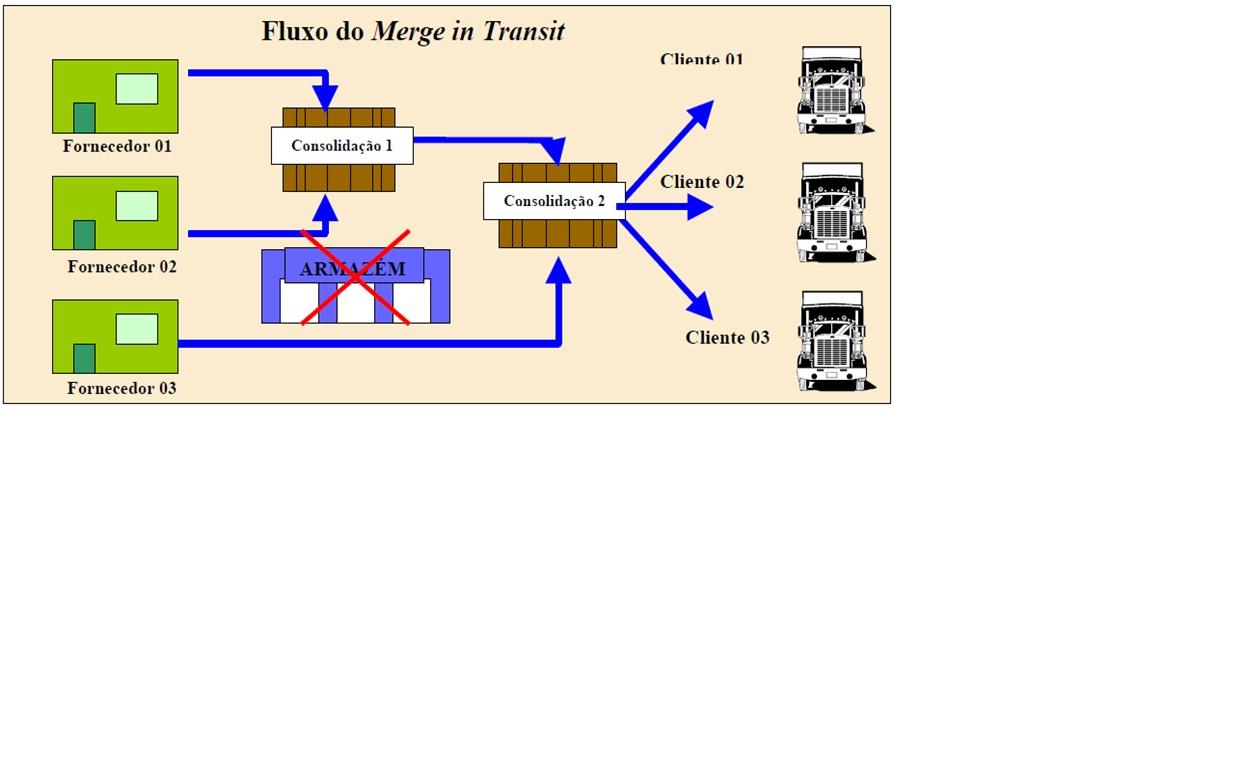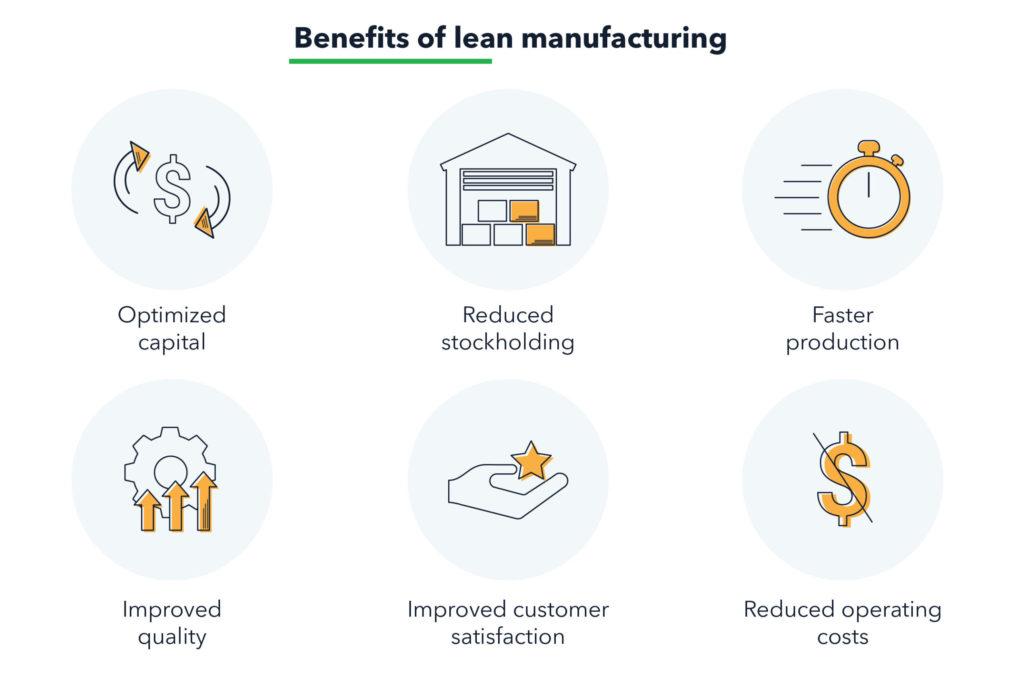In the intricate world of logistics and shipping, the concept of Merge In Transit stands out as a strategic game-changer. An innovative approach that involves the seamless coordination of multiple shipments from various locations to merge into a single transport stream, Merge In Transit has revolutionized the way goods are moved across the supply chain. Join us as we delve into the intricacies of this dynamic method and uncover the benefits it brings to the world of transportation and logistics.
Benefits of Merge In Transit for Supply Chain Efficiency
Merge In Transit (MIT) is a strategic approach to supply chain management that involves consolidating shipments from multiple suppliers and merging them together at a central distribution center. This process offers several benefits for improving supply chain efficiency:
- Reduced Inventory Costs: By combining shipments from multiple suppliers, companies can minimize the need for excessive safety stock and reduce inventory holding costs.
- Optimized Transportation: MIT helps to streamline transportation routes and schedules, leading to lower transportation costs and faster delivery times.
- Enhanced Visibility: The consolidation of shipments at a central distribution center provides greater visibility and control over the entire supply chain, enabling better decision-making and improved customer service.
| Benefit | Description |
|---|---|
| Cost Reduction | By minimizing inventory and transportation costs |
| Improved Efficiency | Streamlining transportation routes and schedules |

Cost Saving Strategies through Merge In Transit Operations
When it comes to optimizing cost-saving strategies in logistics, merge in transit operations can be a game-changer. By consolidating shipments from multiple suppliers into one single shipment at a central hub, companies can reduce transportation costs significantly. This approach not only cuts down on shipping expenses but also minimizes inventory holding costs and reduces lead times.
With merge in transit operations, companies can streamline their supply chain and enhance efficiency. By strategically planning the route and timing of shipments, businesses can minimize empty miles, optimize truck capacity, and ultimately save on overall transportation costs. Additionally, this method can help reduce carbon emissions and contribute to a more sustainable supply chain. It’s a win-win for both the bottom line and the environment.

Challenges and Solutions when Implementing Merge In Transit Logistics
One of the major challenges when implementing merge in transit logistics is coordinating multiple shipments from various suppliers to arrive at a central location at the same time. This requires careful planning and communication to ensure that all goods are synchronized and ready for consolidation. This challenge can be addressed by utilizing advanced planning software and real-time tracking technology to monitor shipment progress and make adjustments as needed.
Another common challenge is dealing with unexpected delays or disruptions in the supply chain that can affect the merge in transit process. It is important to have contingency plans in place to address these issues quickly and efficiently. By establishing strong relationships with suppliers and carriers, as well as having backup options for transportation, companies can mitigate the impact of these challenges and keep the merge in transit logistics running smoothly.

Best Practices for Optimizing Merge In Transit Shipping Processes
When it comes to optimizing merge in transit shipping processes, there are several best practices that companies can implement to streamline their logistics operations. One key factor is to establish clear communication channels between all parties involved in the shipping process, including suppliers, carriers, and customers. This ensures that everyone is on the same page and helps prevent delays or misunderstandings.
Another important practice is to utilize advanced technology and tracking systems to monitor shipments in real-time. This allows companies to proactively identify any potential issues and make necessary adjustments to keep the process running smoothly. Additionally, optimizing shipping routes and schedules can help reduce transit times and minimize costs. By following these best practices, companies can enhance efficiency and customer satisfaction in their merge in transit shipping operations.
Wrapping Up
In conclusion, Merge In Transit logistics offers a dynamic and efficient approach to shipping and transportation, streamlining processes and reducing costs for businesses. By consolidating products at key junctures along the supply chain, this method ensures timely delivery and maximizes efficiency. Embracing Merge In Transit can revolutionize the way companies approach their logistical challenges, helping them stay ahead of the competition and meet the increasing demands of the modern market. So, whether you’re a small business looking to streamline your shipping process or a large corporation seeking to optimize your supply chain, consider the benefits of Merge In Transit logistics for a smoother and more cost-effective shipping experience.
